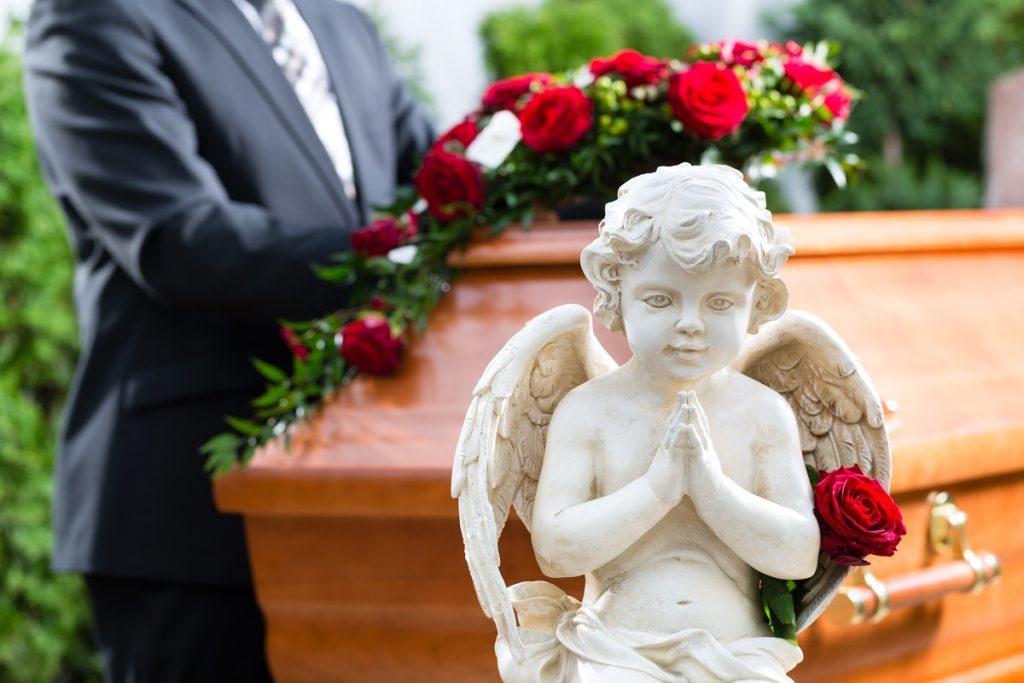Memorial services enable friends and family to gather and celebrate the life of the deceased. People take the opportunity to share stories about the person and offer support and comfort to those left behind. Attending a funeral can be a tricky affair, and planning one more so.
Planning a funeral should be easy. With the rise of crematorium construction, people today have more options than ever. However, arranging a memorial service without a prior plan can be a painful and challenging process for the next-of-kin. People often try to honor the deceased’s wishes, but without a plan in place, planning a memorial service can be a struggle.
Whether you’re planning a funeral for yourself or a loved one, here are a few things to bear in mind to keep the process simple and straightforward when it’s needed:
-
Decide what to do with the body
The first thing to consider is the form of disposition for the body. While each type of disposition is different, there are no wrong answers, so choose one that you think is best.
The most common type of disposition is a traditional burial. The body is placed in a coffin and buried below ground in a cemetery plot or above ground in burial niches or mausoleums. Another popular form of burial is green burial. The body is placed in a biodegradable coffin and buried below ground, where the body is allowed to decompose naturally.
Some people opt to have the remains cremated. The ashes are then placed in an urn to be returned to the next-of-kin. While you can bury cremated remains, some people keep or scatter them as they please.
-
What type of service do you want

While there’s nothing wrong with going with the traditional route, a customized service might allow you to reflect the unique life of the person better. Most memorial services today focus on the deceased’s remains, on celebrating the life of the deceased, or a mix of both. Some factors you might want to consider when planning the consider include the dead’s beliefs, personality, and culture.
You can have a traditional funeral service in a church or funeral home. Secular services are also available in a location of your choice. You’ll also have to think about other touches such as readings, eulogies, music, food, and other unique ways to remember the dead.
-
Presence of the remains
Most people assume that memorial services require the physical remains to be present, but that is not the case. It all depends on the wishes of the deceased or the preferences of the next-of-kin.
Traditional funerals involve a wake with the embalmed or cremated remains in full display to allow people to say their goodbyes. In some cases, there’s a religious aspect to the service.
Another option is a memorial service without the body present. In this case, the focus is on remembering the deceased’s life through readings, eulogies, and other presentations.
Funeral planning is easier if the deceased had made their wishes known while they were alive. However, this isn’t the case most of the time. The next-of-kin is left with the responsibility of planning the service with little guidance. By following these three suggestions, you can plan a service that’s respectful of the memory of your loved one.





